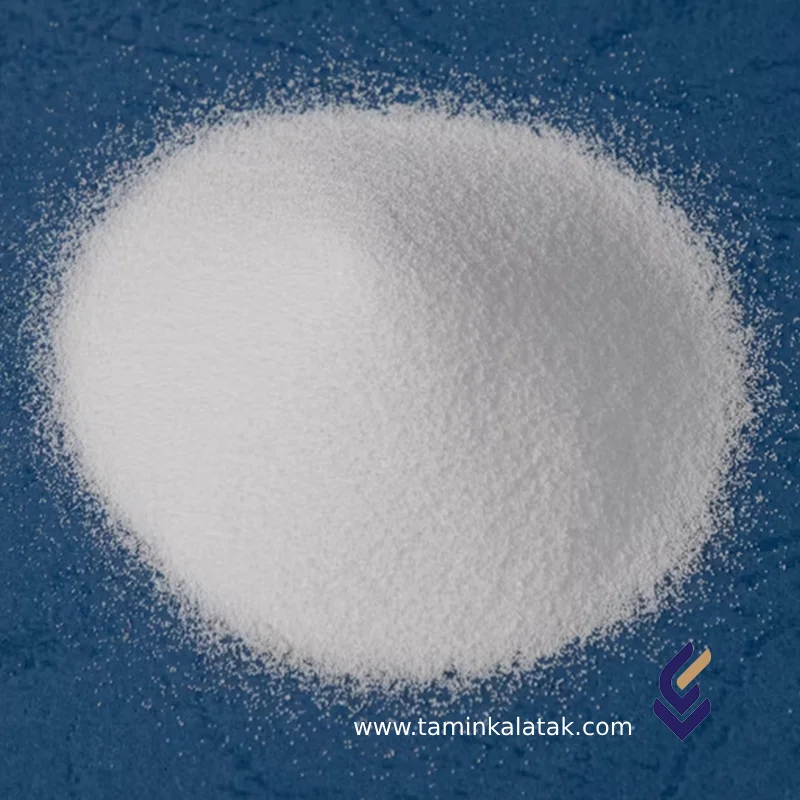Polymers are made up of very large molecules made up of many repeating units called monomers, which ultimately form this long polymer chain
Emulsion
Polyvinyl chloride (PVC) is a widely used thermoplastic polymer made from the polymerization of vinyl chloride monomers (VCM).
PVC is produced by polymerizing vinyl chloride monomers using different techniques.one of these techniques is emulsion polymerization.PVC (Polyvinyl Chloride) emulsion grade is a type of PVC resin produced via the emulsion polymerization process. This method results in very fine particles of PVC, which are ideal for applications requiring a smooth, uniform texture.
Structure
PVC emulsion grade is a fine-particle polymer produced through emulsion polymerization, resulting in a high molecular weight material with excellent dispersion and film-forming properties. Its structure consists of small, porous particles that readily absorb plasticizers, making it ideal for flexible and soft applications. The polymer chains in emulsion-grade PVC are densely packed, contributing to its superior adhesion, smooth surface finish, and enhanced mechanical properties. Unlike suspension-grade PVC, which has larger and more irregular particles, emulsion-grade PVC exhibits a uniform texture and lower gelation temperature, making it suitable for applications such as synthetic leather, vinyl flooring, medical gloves, and textile coatings. This structural composition allows for easy processing in plastisols and organosols, ensuring a high degree of flexibility, durability, and aesthetic appeal in the final products.
Properties
PVC emulsion grade is a fine-particle, high molecular weight polymer known for its excellent dispersion and film-forming properties. It has a small particle size, typically in the range of 0.1–2.0 microns, which allows for superior surface finish and enhanced mechanical strength in end applications. This grade of PVC exhibits good plasticizer absorption, making it ideal for flexible and soft products such as synthetic leather, flooring, coatings, and dip-molded goods. It also offers high viscosity in plastisol form, ensuring uniform application in coatings and pastes. Additionally, PVC emulsion grade demonstrates good chemical resistance, durability, and thermal stability, making it suitable for a wide range of industrial and consumer applications.
Applications of PVC Emulsion Grade:
- Synthetic Leather – Used in the production of artificial leather for furniture, automotive upholstery, and fashion accessories.
- Coatings & Paints – Provides a smooth and durable finish in coatings for fabrics, wallpapers, and flooring.
- Dipping Products – Used in medical gloves, toys, and tool grips due to its excellent film-forming properties.
- Flooring & Wall Coverings – Applied in vinyl flooring, wall coverings, and laminates for enhanced durability and aesthetics.
- Printing Inks – Improves adhesion and flexibility in specialized printing inks.
- Automotive & Construction – Utilized in automotive interiors and flexible membranes in construction applications.
Advantages of PVC Emulsion Grade:
✔ Excellent Film Formation – Ensures smooth, uniform coatings and films.
✔ High Plasticizer Absorption – Enables flexibility and softness in final products.
✔ Good Chemical & Weather Resistance – Resistant to moisture, chemicals, and UV exposure, enhancing durability.
✔ Fine Particle Size – Allows superior surface finish and controlled viscosity in plastisol applications.
✔ Versatility – Suitable for a wide range of industrial and consumer applications.
Disadvantages of PVC Emulsion Grade:
✖ Environmental Concerns – Contains plasticizers and additives that may cause pollution or health risks if not properly managed.
✖ Processing Sensitivity – Requires precise temperature control during processing to prevent degradation.
✖ Lower Heat Resistance – Can soften or degrade at high temperatures, limiting its use in extreme conditions.
✖ Limited Biodegradability – Like other PVC types, it does not decompose easily, posing disposal challenges.
Applications
| Applications | , , , , |
|---|
PVC (EMULSION)
| Products | Grade | Mfi (g/10 min) | Density (g/mm3) | Process Metod | Applications | MSDS | Brochure |
|---|---|---|---|---|---|---|---|
| EMULSION | E6834 | 67 - 69 | 1.3 to 1.4 | Coating / Dipping / Foaming / Spraying / Casting | Chemically blown foams with low plasticizer content Synthetic leather Flooring Wall coverings Sealants |







